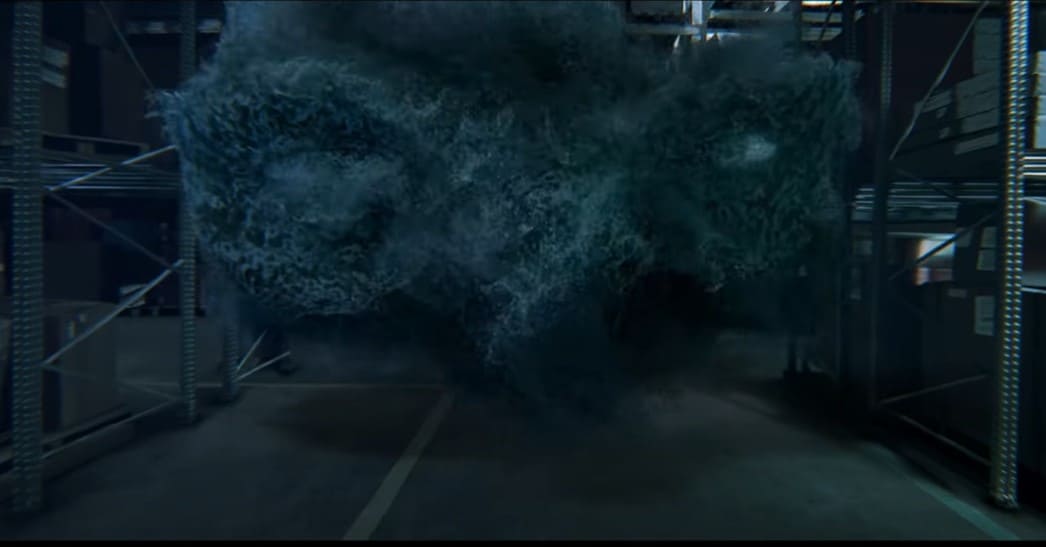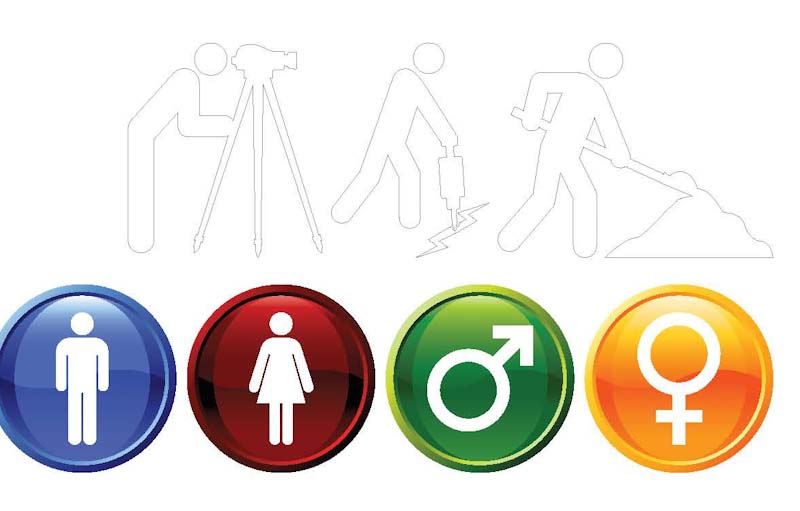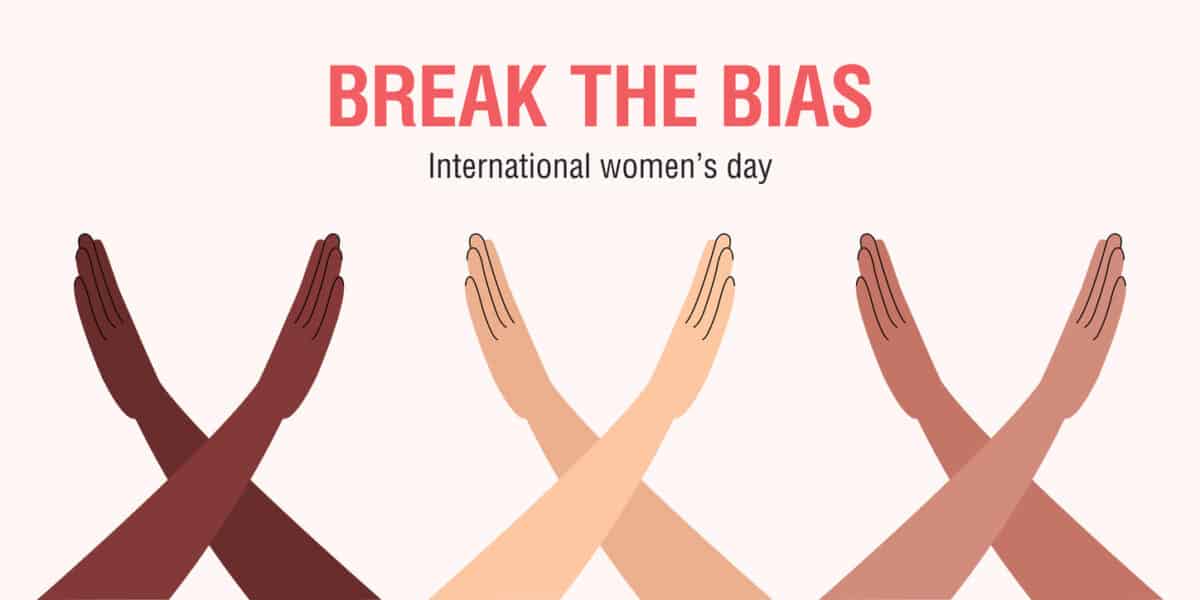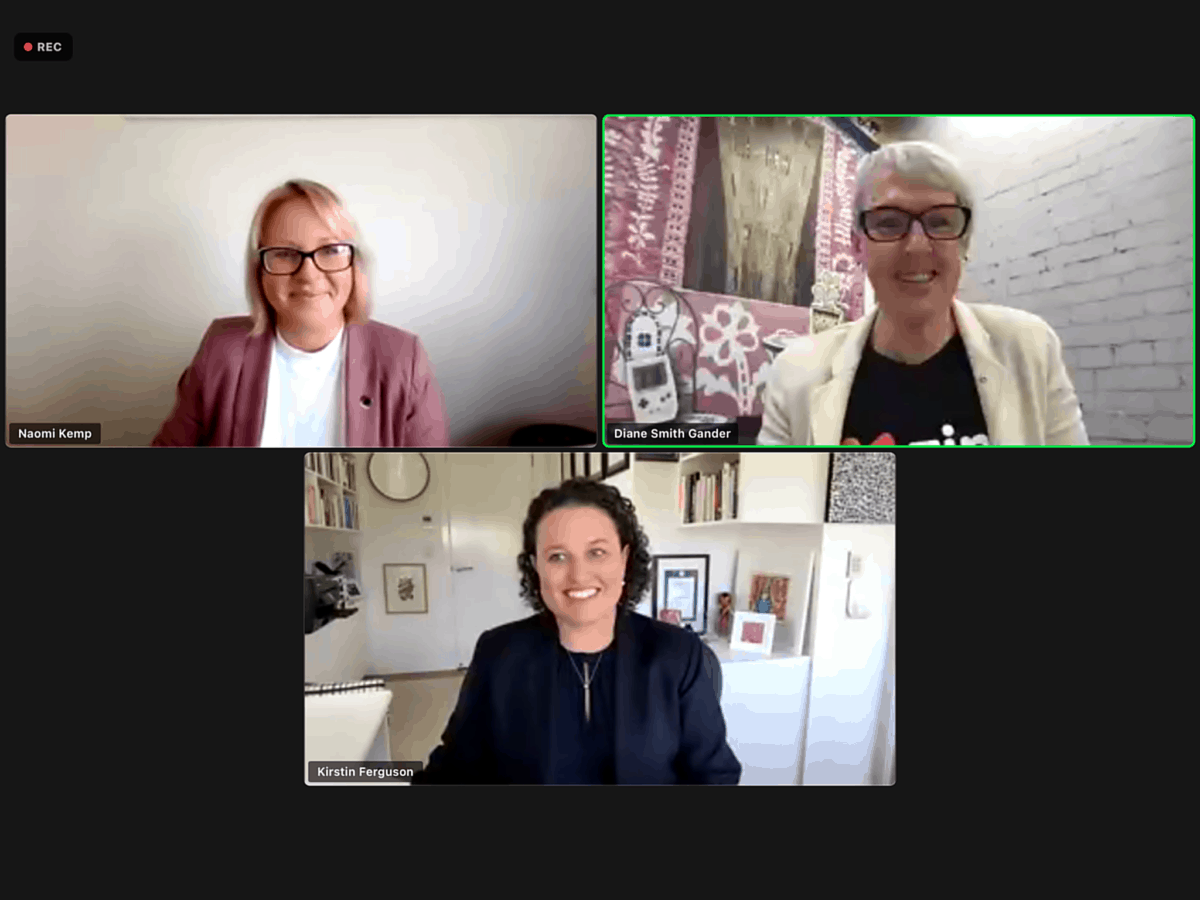WorkSafe Victoria has actively campaigned against occupational violence for the last few years. The pandemic, understandably, brought the focus onto violence against emergency services workers and healthcare staff. Recently the campaign has focussed on gendered violence at work. The intention is to be inclusive, to address the variety of violent acts and the variety of people gendered violence affects, but it is not as inclusive as it could be.
Category: gender
‘Enough was Enough’ over a decade ago and the mining industry failed to act then
The recent report on sexual harassment at West Australian mine sites deserves national attention for several reasons. The stories are horrific, partly because many of us thought such stories were in the distant past. The fact that many are recent should shock everyone into action.
The report “Enough is Enough”is highly important, but its newsworthiness seems disputable. Some media have covered the report’s release but the newsworthiness, in my opinion, comes less from this one report but from the number of reports and research on sexual harassment, bullying, abuse, disrespect and more in the mining sector over the last twenty years that have done little to prevent the psychosocial hazards of working in the mining and resources sector and especially through the Fly-in, Fly-Out (FIFO) labour supply process.
Hope clearly did not work. What’s next?
In the Weekend Australian newspaper, workplace relations journalist Ewin Hannan reported on a presentation (paywalled) made by the Employment and Workplace Relations Minister Tony Burke to the Attorney-General’s Department staff. (Safe Work Australia, currently, exists in this department) From Hannan’s report, the focus seems to have been on industrial relations but it’s useful to consider Minister Burke’s words from an occupational health and safety (OHS) perspective given that it is highly likely that Safe Work Australia personnel were one of the “hundreds” attending or listening in. Burke said:
Venus and Mars = HR and OHS but doesn’t have to
Twenty years ago, John Gray published a bestseller that discussed the binary split between Men and Women, a division that was allowed to reflect humanity’s biology and social constructs until very recently. Since the publication of “Men Are from Mars, Women Are from Venus”, our understanding of gender has almost been revolutionised from the reality of two sexes and genders to a spectrum of varieties, but our institutions and disciplines have not. Our socioeconomic structures are not so flexible, and it may take many decades to reach a consensus on sex and gender, if not equality.
Workplace relations is similarly slow to adapt to change mainly because it fails to have its own structure, instead piggybacking on business activity. Business has developed primarily from the male perspective to benefit men much more than women directly. Business reflects the gender roles of men and women both in job activities and power. The workplace relations subsets of Human Resources (HR) and Occupational Health and Safety (OHS) also reflect these binary practices and perhaps have the strongest long-term potential on the future of work.
Break the (structural) bias
March 8 is International Women’s Day, one of the biggest celebratory and lobbying days of the year. The media releases and public statements have already started rolling out over the weekend. Today and tomorrow, important speeches will be made and many will focus on workplace issues, and the subset of occupational health and safety-related matters, such as job security, respect, physical safety, psychological health and equal pay.
The challenge for the audience and the speakers is whether structural change and prevention are advocated or whether the speakers are endorsing remediation, early intervention, and other strategies that apply only after harm has occurred.
“Too little, too late” but potential in primary prevention
On Australia’s Women’s Safety Summit, Wendy Tuohy contemplated, in The Age, after the first day;
“It may turn out to be too little, too late, but if there’s real commitment behind Morrison’s lines, we could conclude it’s a start.”
There are few signs of Prime Minister Scott Morrison’s commitment. Women will continue to work in companies and workplaces where they are at risk of psychological harm from sexual harassment and physical harm from sexual assault. Occupational health and safety (OHS) laws offer a harm prevention option that nobody seems keen to consider.
“Hmm, do tell me more” – safety leadership
Recently the Australian Institute of Health and Safety (AIHS) conducted a lunchtime online seminar on leadership. The speakers were prominent Australian women – Naomi Kemp, Diane Smith-Gander, Kirstin Ferguson and Queensland Minister Grace Grace. Although the seminar was hosted as part of the Women in Safety and Health group, these events are open to everyone. As work-related sexual harassment has shown, men are as involved in the process of safety and harm prevention as are women.
One of the biggest weaknesses of any safety management system, safety culture or safety leadership, comes from hypocrisy. Leaders state the importance of occupational health and safety (OHS) to the business then make decisions where OHS and worker welfare is dismissed or minimised, or rationalised dubiously to “as far as is reasonably practicable”.
Smith-Gander spoke about how executives should embed OHS into all the Board and executive decisions beyond the obligatory and often poor quality “Safety Moments” at the start of a meeting.







